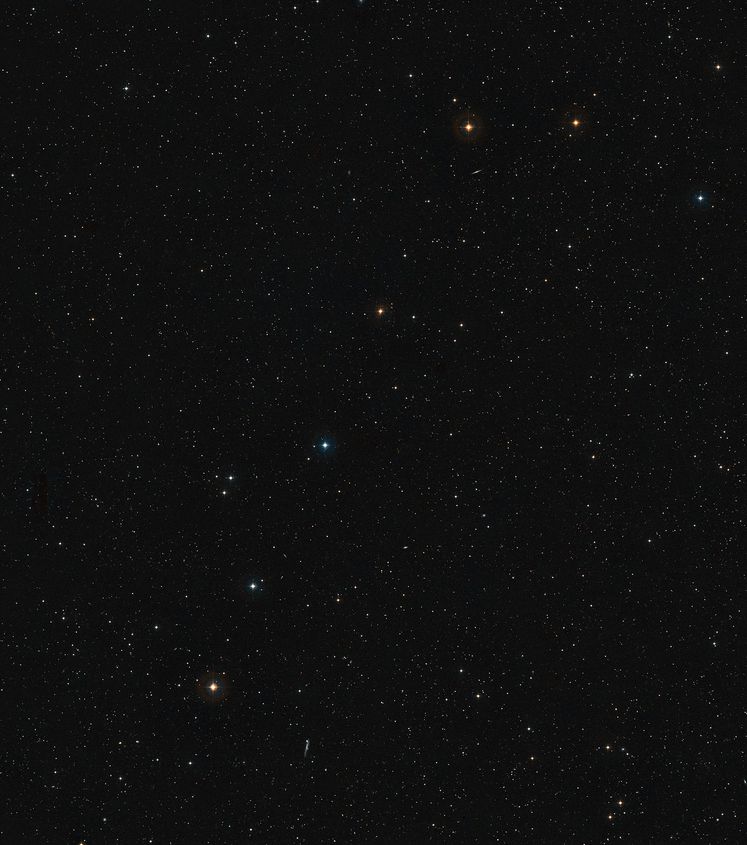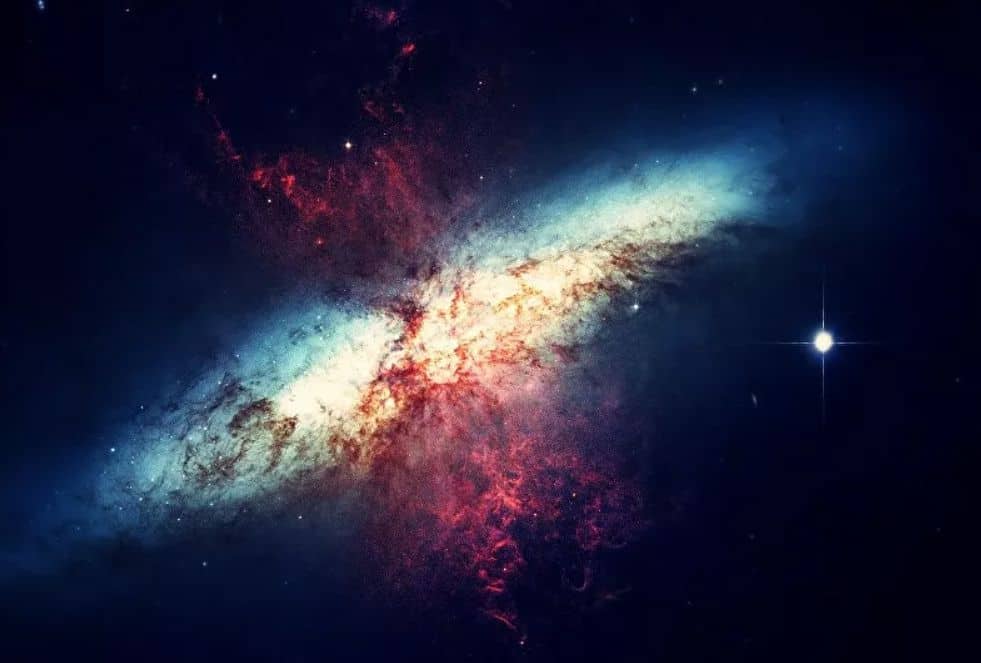A team of scientists have discovered six galaxies around a supermassive black hole dating back to shortly after the Big Bang, using the Very Large Telescope (VLT) located in Chile’s Atacama Desert (north).
“The new observations with ESO’s VLT revealed several galaxies surrounding a supermassive black hole, all lying in a cosmic “spider’s web” of gas extending to over 300 times the size of the Milky Way. “The cosmic web filaments are like spider’s web threads,” the European Southern Observatory (ESO) said in a statement.
The VLT is a set of unit telescopes that together can see details with 25 times more accuracy than individually.
This is the first time such a joint grouping has been detected from a time when the universe was less than 1 billion years old.

“This supports the theory that black holes can grow rapidly within large web-like structures that contain large amounts of gas to power them,” the team said.
Light from this web-like structure travelled to Earth from an epic when the universe was only 900 million years old.
“Our work has placed an important piece in the largely incomplete puzzle that is the formation and growth of such extreme, yet relatively abundant, objects so quickly after the Big Bang,” said research co-author Roberto Gili, astronomer at the National Institute for Astrophysics (INAF) in the Italian city of Bologna (north).
The galaxies found are the brightest in this black matter network, so there could be others inside the structure feeding the black hole.
“We believe we have just seen the tip of the iceberg, and that the few galaxies discovered so far around this supermassive black hole are only the brightest ones,” said Barbara Balmaverde, co-author and astronomer at INAF in the Italian city of Turin (Piedmont, north).
Astronomers hope to observe fainter galaxies around massive black holes in the early universe with the Extremely Large Telescope (ELT), which is built in Chile.
